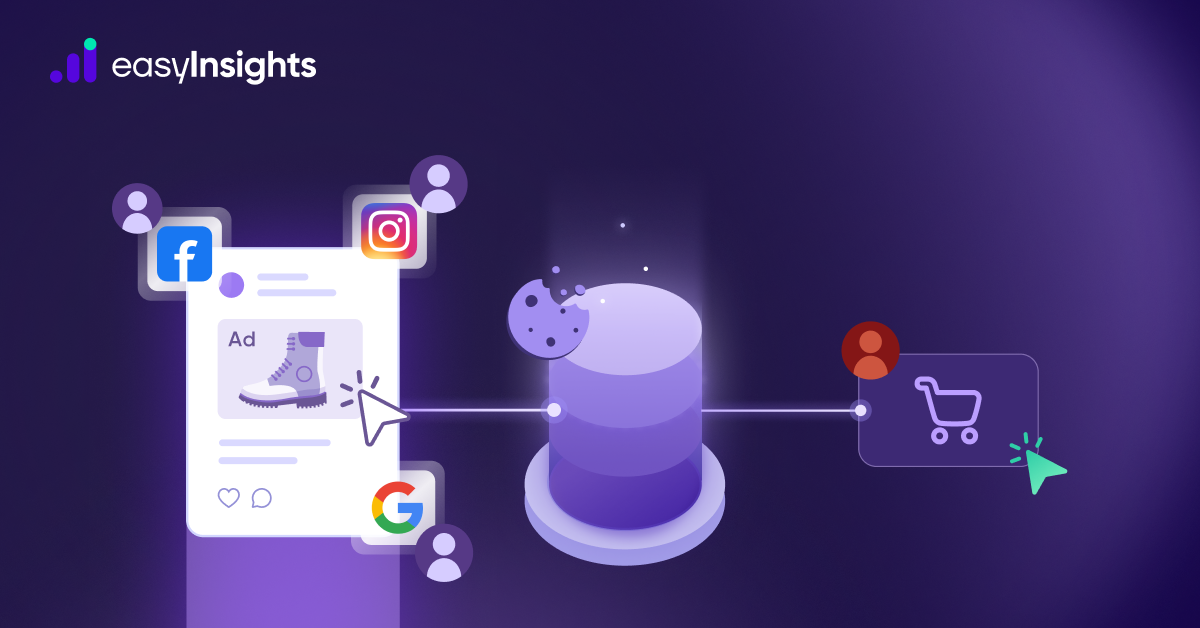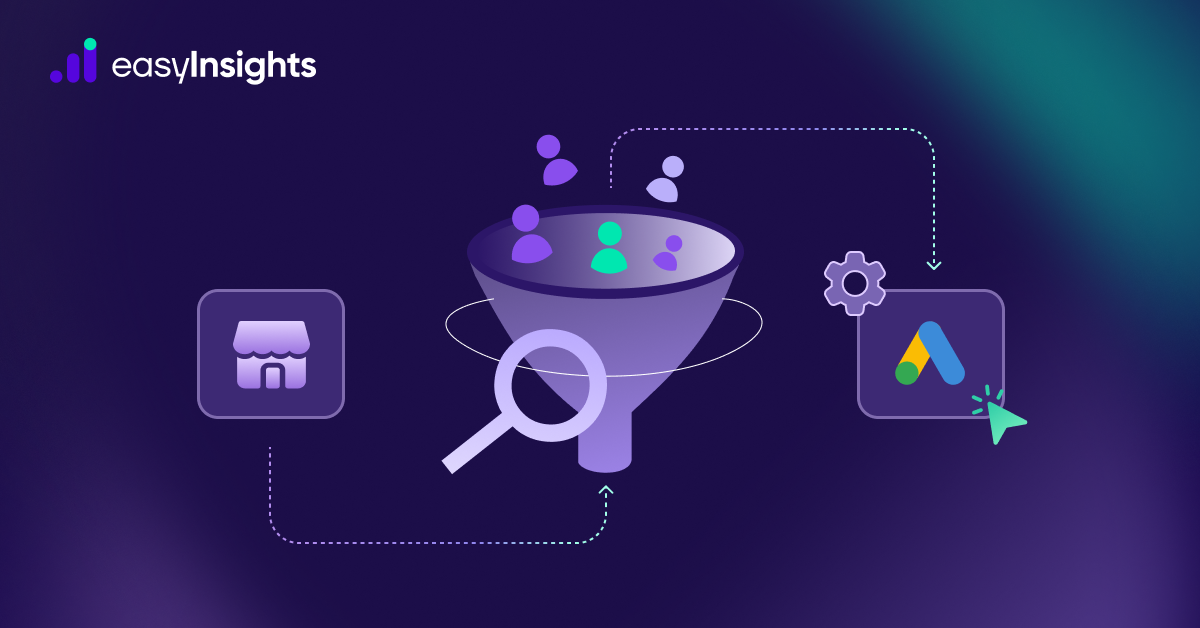In the path that the user follows to conversion, the set of rules that decides how many credit points must be assigned to the ad clicks in the path, is called an Attribution model. It is a framework for the analytical understanding of the importance of various keywords, ad groups, campaigns, and other contribution methods that advertisers use to determine the value of different channels on their marketing efforts.
Attribution modeling can do wonders when it comes to investing in the advertising options available to marketers. By studying each attribution model, they can understand more clearly the return on investment for each marketing channel or touch-point. Attribution modeling helps advertisers determine which channels provide the most benefit to their marketing campaign. They point out the touch points that contributed or were important in convincing the consumer to do business with the advertisers.
Read in detail about the marketing attribution models.
Jump ahead to:
The Importance of Attribution Models
Attribution modeling is one of the most important components when it comes to mobile and web traffic measurement. Without an attribution model in place, it is impossible for an advertiser to determine where the traffic on their website is coming from, as well as in what quantity, which sources are delivering it, how much money is required to keep it running, and whether it will deliver a return in the long run.
Attribution models can provide revenue credit to marketing activities. With attribution modeling pointing out the useful channels, campaigns or touch points, advertisers can decide how much credit and responsibility is to be assigned to different channels. The advertisers can use this to differentiate between the qualities of the incoming traffic coming from different channels. This lets them make informed decisions about the sources in the future.
The different Google Ads Attribution Models
There are several non-last click attribution models currently available in Google Ads. As per the advertiser’s choice of attribution model, Google divides the conversions and distributes them amongst the various keywords or channels to the benefit of the advertising platform.
The various types of Google attribution models are:
- Last click model: All credit is awarded to the last click before a conversion, regardless of the clicks that came before it.
- First click model: This gives all of the credit to the first click, regardless of the length of the conversion path, and whether or not that marketing campaign directly influenced the sale.
- Linear model: This distributes credit for the conversion evenly across every click in a user’s path.
- Time decay model: According to this, the closer the click is to the conversion, the more credit it gets. This model uses a complex algorithm to distribute and attribute the credit to the useful touchpoints, taking a note of the touchpoints or channels that were in the closest proximity of the conversion, and working backwards. It lays more emphasis and assigns more and more credits as the touchpoints arrive at the conversion.
- Position-based model: This assigns the maximum ( about 40%) of the credit to the first- and last-click and distributes the rest 20% of credit points across the other ad clicks.
- Data-driven model: Google has a very sophisticated algorithm which assigns fractions of the total credit to each touchpoint based on how much they have contributed to conversion in the past. This model uses the advertiser’s conversion data to find out and attribute the actual contribution of every keyword along the path of conversion, making the model entirely different for each advertiser.
The Pros and Cons of Different Attribution Models and when to use which One
To understand when marketers can use a particular model, they need to understand the pros and cons of the aforementioned attribution models:
- The Last click attribution model:This model favors efficiency as advertisers are able to see the last touchpoint where the user converted. It is easy to use but, very often, it is inaccurate and does not allow an advertiser to get an accurate value on the campaigns. As advertisers do not need to assign more conversion credit to first and the middle interaction in their conversion path, this model is to be used when the least amount of buying consideration is involved.
- The First click attribution model: This model is similar to the Last Click model, except the credit goes to the first click instead. This means the data tends to be inaccurate, and it gets difficult to find the true value of your paid campaigns. When advertisers’ goals are centered around brand building, more conversion credit needs to be assigned to the ad clicks that started the process. This makes this model perfect for the newer brands.
- The Linear attribution model: This model considers all touch-points, allowing advertisers to see where each and every keyword in their AdWords account is attributed to a conversion. However, this model undervalues key touchpoints and over-values minor touchpoints. It makes it incredibly difficult to track the performance of the ad clicks.This means that it exposes marketers to make wrong decisions for paid campaigns. This limits output and may lead to wastage of spend. This attribution model is useful for businesses where each interaction with users is equally important.
- The Time decay attribution model: This model allows optimization based on interactions by placing the strongest weightage on the final touchpoint. However, it lacks the ability to recognize the interaction, which initially led to conversion, which has just as much importance as the last. For optimizing touchpoints closer to conversion, this attribution model proves to be very useful. As the touchpoints amalgamate, the value increases all the way up to the conversion, which will have the most credit. While it provides high-level attribution for conversion optimization, it is also true that it has low credibility and highly underestimates the value of the first touchpoint. This model is useful for time-sensitive promotional campaigns when the buying behavior of the customer needs to be tracked and conversion points must be assigned to the ad click that is nearest to the time of conversion.
- The Position based attribution model:
This model notes the significance of each touchpoint while advertisers optimize for the first and last touchpoints. It leads to the optimising of campaigns and keywords based on the most pivotal or important touch-points across the path to conversion. This model is very accurate in attributing value. However, it gives equal weightage to the first and last touchpoint irrespective of how instrumental each of the two was. For businesses that value the first and the last interactions with customers, this model is highly useful. - The Data-Driven Attribution model: So far, this is the best attribution model that can be used for any given scenario. However, this model has pretty hefty data requirements. A huge number of advertisers holding AdWords accounts will not be able to remotely provide for the hefty amount of data requirements to subscribe to this attribution model. If a marketer’s Google Ads account gets more than 15000 clicks or 600 or more conversions a month, then this attribution model can be very useful.








